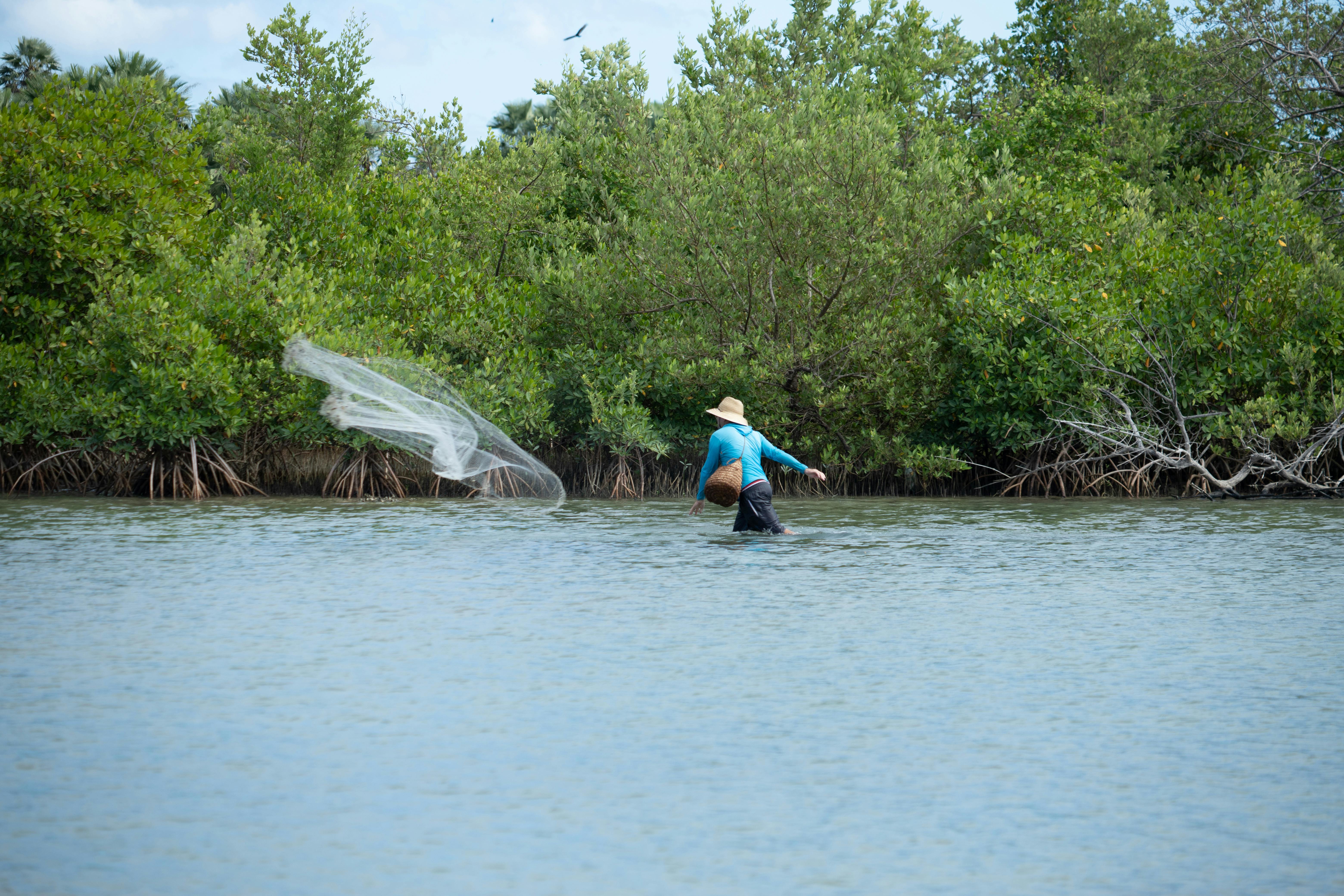Philippine mangroves: species composition, characteristics, diversity, and present status
DOI:
https://doi.org/10.59120/drj.v12i2.113Keywords:
Aquaculture, brackish water ponds, diversity, marine protected area, PhilippinesAbstract
Through the years mangrove areas in the Philippines continued to decline due to human activities. This paper aims to present the status of the Philippine mangroves based on species composition, diversity, and mangrove forest area through manuals, books, and other local and international online resources. Results showed that there were 35 species of mangroves described in terms of their external features, substrate, and zone preference. Bohol had the most diverse mangrove ecosystem with 26–34 species. The most prevalent species were Avicennia, Sonneratia, and Rhizophora that grew in muddy substrates. Among the provinces, 18.52% had mangrove areas recognized as protected areas. Mangrove decline is attributed to the increase of brackish water culture ponds and the greatest decline occurred when shrimp culture boomed in the 1980s. Other causes are over exploitation, weak law enforcement, lack of manpower and resources, corruption, and poor management of mangrove areas and brackish water ponds. Along with this is the loss of flood control and coastal protection indicating increased susceptibility to climate change. Thus, reforestation and reversion of abandoned brackish water ponds are needed. Reforestation must ensure the suitability of mangrove species to the physical characteristics of the environment. Also, the government must actively spearhead the sustainable use of mangrove ecosystems.
Downloads
References
Aerts, R. (1995). The advantages of being evergreen. Trends in ecology & evolution, 10(10), 402-407.

Downloads
Published
Issue
Section
License
Copyright (c) 2019 Ginalyn C. Cuenca-Ocay, Yam Nesa Bualan, Edison D. Macusi

This work is licensed under a Creative Commons Attribution-NonCommercial 4.0 International License.
DRJ is an open-access journal and the article's license is CC-BY-NC. This license allows others to distribute, remix, tweak, and build on the author's work, as long as they give credit to the original work. Authors retain the copyright and grant the journal/publisher non-exclusive publishing rights with the work simultaneously licensed under a https://creativecommons.org/licenses/by-nc/4.0/.





